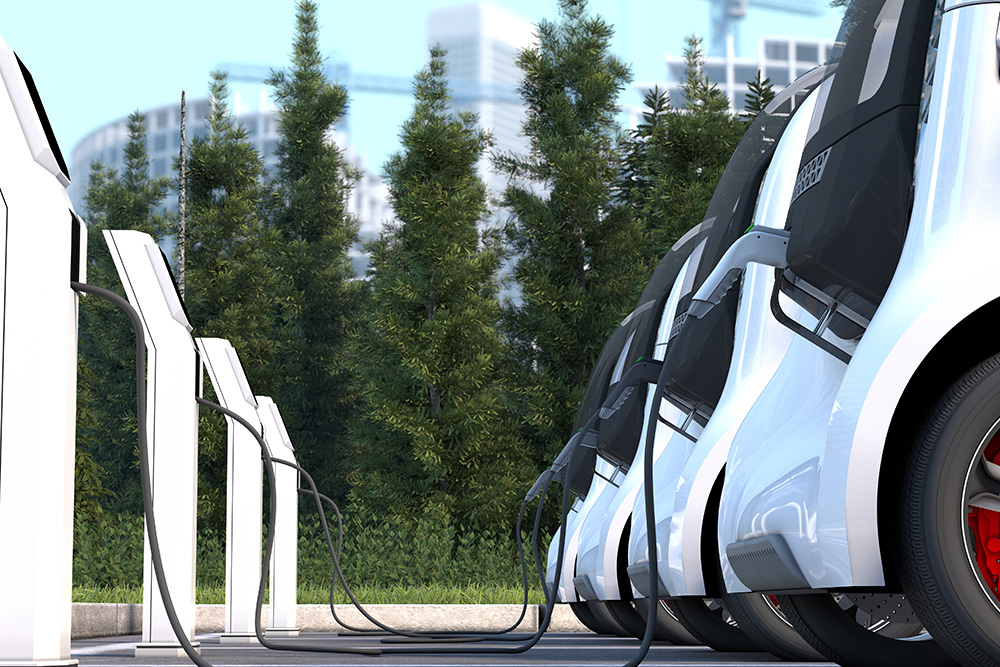How to reduce private car ownership in our cities
The UK Government recently announced a ban on sales of new diesel and petrol cars by 2040, sparking up a conversation and drawing attention to the environmental impact of transport on our towns and cities.
But could Government and City Leaders do more to reduce individual car ownership which exacerbates many of the environmental issues that transport causes in our cities. In this post, we explore how cities can encourage and support their citizens away from private car ownership, regardless of how cars are powered or driven, contributing towards cleaner, more efficient transport.
Here are eight ways to encourage a shift away from private car ownership:
1. Encourage behavioural change at key life stages

People are most receptive to change their behaviour whilst they are making a big life transition, such as moving house, having children, moving job, moving to a new city or even a new country. Any of these transitions are likely to lead to changes in travel behaviour, and cities could tap into this opportunity by more actively encouraging the use of sustainable transport modes. At a city scale, local authorities could shift the focus onto active, shared and public transport trends, including growing uptake and positive impact of car clubs; increasing bike hire usage; and increasing public transport patronage. The more that cities promote their transport options, the more citizens will pick up that sustainable transport is part of a way of life in that city.
2. Education to enable people to become part of the solution

Individuals rarely consider that they are part of the transport problem they are associated with (who has ever sat in a traffic jam saying to themselves “this is partly my fault”?). Education could help people to become part of the solution to create cleaner cities and improved transport networks by choosing to travel using active, shared and public transport modes.
3. Ensuring that the total cost of private vs. public transport is transparent

The financial burden of car ownership is coming to the forefront of people’s minds. For many living in areas with good public transport links, car ownership is now seen as a luxury rather than a requirement. In London, the annual cost of car ownership is approximately £3,500, whereas the average cost of an annual travel card for the London Underground is £1,965. Research has shown that younger generations are more likely to seek expert advice before making a big decision such as buying a car, providing the perfect opportunity to present the savings that could be made by choosing not to buy a car.
4. Improving digital accessibility to public transport services

Decreasing numbers of driving license ownership among younger generations means more people are looking to get around by using alternative travel options. With so many different apps allowing people to access all these alternative travel options, there is a huge future business opportunity to bring all available transport services in a city together in one digital location.
5. Adapting to changing lifestyles and technologies

With the increasing popularity of the shared economy as well as the future introduction of autonomous vehicles, there i real risk that cities will have more cars in them in the future than they do now. Introducing flexible regulations that can prevent vehicles (that are either driven or driverless) from using road space whilst not in use is fundamental to avoiding the further car-domination of cities. There is a real risk that regulations could encourage people to travel alone in shared vehicles, whereas what is really beneficial to a city is less cars carrying more people, through the provision (and encouragement) of ride sharing.
6. Introducing payment based on road usage

Embracing the future of Connected and Autonomous Vehicles, many of the ways in which tax income is collected from road users will become redundant (such as fuel tax and vehicle excise duty). Rather than this approach, it would likely make more sense in the future to collect one single tax income from road users, charged by miles travelled. This could be further altered to change behaviour by either rewarding positive behaviour or increasing charges for negative behaviour, for example road users with single occupancy vehicles could be charged more than multiple-occupancy vehicles, or vehicles that use clean energy could be charged less than petrol and diesel vehicles.
7. Incentivising the use of cleaner vehicles

The UK doesn’t have to look far for inspiration on how to incentivise people to use cleaner, electric vehicles (EV) in the shorter term. In Norway, Oslo adapted many pro-EV regulations for its citizens, including: bus-lane access, toll-free travel, privileged parking and an abundance of charging points, all exclusively for those using EVs. These kind of incentives have led to Norway having more electric vehicles per head than any other country in the world, with 40% of newly registered vehicles being electric. There is, however, a balance for cities to strike between providing incentives and ensuring that they are not exploited by those who can afford to exploit them.
8. Future proofing development

The pace of change in the built environment is naturally a lot slower than that of technology. The developments of today and tomorrow must take account of trends and changes in order to build cities that are fit for the future. This may include reducing minimum parking requirements where there are alternative transport options for people living and working within the development, or building developments that are free of privately owned vehicles, instead promoting shared fleets and public transport. Developers should also be taking account of the future needs of autonomous vehicles, as was explored within our Global Design Sprint.





